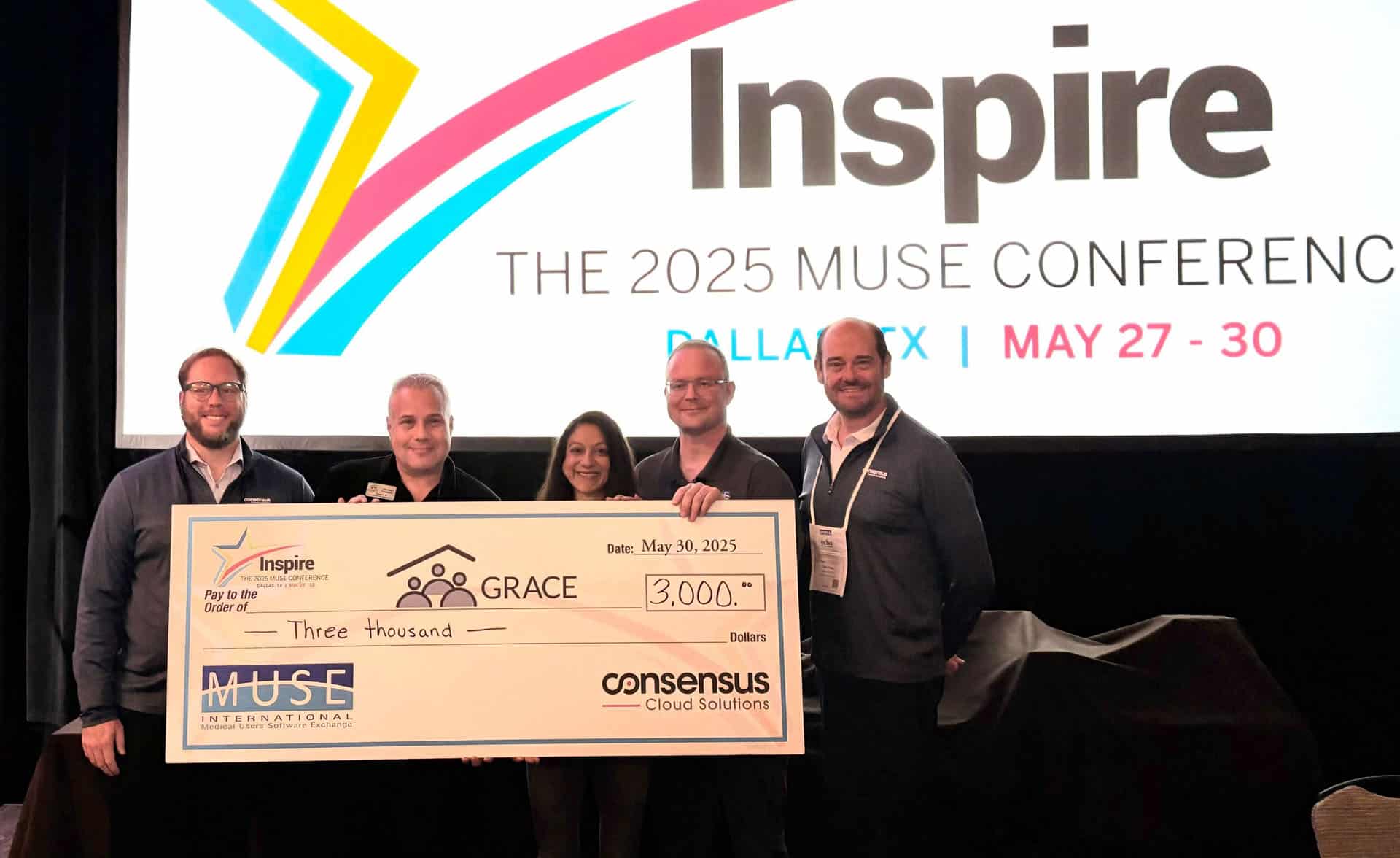
Hospitals and health systems “cannot function today without embracing digital health transformation at some level,” a HIMSS analysis states. The road to digital value varies: Every healthcare organization’s digital transformation journey takes a different path, depending on their starting point, their end goals, and the resources they have available along the way.
Yet despite the many different factors that can impact digital success, it may come as a surprise to learn that only 52% of healthcare organizations have strategies in place to guide their digital transformation, according to a recent HIMSS Market Insights survey.
The study, comprising C-level executives and IT directors at multi-hospital systems and not-for-profit healthcare organizations, captured a snapshot of the obstacles and milestones companies are facing throughout their digital transformation journeys—revealing five common keys for the most successful initiatives.
- Set clear goals
Understanding the impetus for digital transformation is the first key to guiding an organization’s journey. The HIMSS survey revealed that cybersecurity and privacy regulations were the primary objectives driving digital transformation for 96% of healthcare organizations, followed closely by the goal of improving the patient experience (94%).
This makes sense, since most digital initiatives are typically triggered by either a stick or a carrot—which is why we see regulation topping the list, forcing organizations to comply with stricter security requirements to avoid penalties or, even more daunting, mitigate the risk of a data breach. Both of these “sticks” drive digital change.
As the industry moves toward value-based care, improving the patient experience becomes a bigger agent of change, as well, because organizations are incentivized by outcomes. The better the patient experience, the more money the hospital will receive as a reward. These financial “carrots” also play a role in guiding digital initiatives.
A third objective cited by 90% of respondents was optimizing EHR systems for efficient documentation and information retrieval, followed by investing in scalable and reliable technology (87%) as well as interoperability and data exchange (85%). This is where pragmatic solutions like digital cloud fax, particularly when paired with AI, become essential. By automatically transforming faxes and other unstructured documents into structured data for direct EHR integration, these technologies provide fast access to accurate information for optimal patient care while minimizing administrative burdens.
At the end of the day, healthcare is a business, and decision-makers are driven by two overriding objectives from a business perspective: either driving top-line revenue or bottom-line efficiencies, as illustrated in these results.
- Establish a plan
If only 52% of organizations have digital transformation strategies in place, that means the other 48% don’t—either because they’re still assessing existing technologies and processes, or they haven’t yet developed a roadmap for change.
The key to kickstarting the planning process, from our perspective, is to gain alignment between IT and the rest of the organization with a cross-functional approach. IT can’t lead the transformation alone; they need buy-in from C-suite leaders to allocate resources and input from clinical users to understand how new technologies actually fit into their workflows. Convening these disciplines early in the journey is vital to demonstrating the value of digital transformation while also eliminating the fear of change.
- Define success
The only way to know whether you’ve reached your destination is to establish metrics that capture baseline data and monitor progress toward your objectives. By understanding your current workflows, you can develop better solutions to streamline operations and improve outcomes.
Your organization’s metrics for success might include:
- Increased productivity through integrated technologies
- More efficient care coordination as a result of breaking down silos
- Better health outcomes because providers can easily access the information they need
- Reduced costs through optimized workflows that eliminate redundancies
Once again, these definitions of success often point back to top-line revenue or bottom-line efficiencies.
- Understand the challenges of digital transformation
The top challenge cited by 68% of respondents was overcoming limited budget or staff resources for implementing digital initiatives. The key to overcoming this hurdle is making deployments as simple as possible by adopting solutions that integrate with existing systems to minimize disruption, and working closely with technology vendors to ease the transition. The vendors you partner with will dictate the pace—and the ultimate success—of your digital transformation.
The second biggest challenge identified by 56% of respondents was determining the impact and ROI of digital initiatives. If you can’t show a clear ROI, it’s nearly impossible to achieve success. Every customer we work with is looking for ROI as they evaluate digital spend, and this calculation can be difficult to prove. That’s why we go through the math with our customers to illustrate the savings they can reap by strategically leveraging existing technologies like digital cloud fax that can be easily integrated with advanced solutions.
- Embrace AI
The HIMSS study showed that 58% of organizations have identified specific use cases where AI can add value in care delivery and outcomes, yet two out of three organizations lack a clear AI adoption strategy aligned to their goals. This discrepancy shows how early-stage AI technology is in healthcare. Although we’re starting to see glimpses of its practical applications, it’s still hard for many organizations to calculate ROI, as illustrated in the previous point.
Ultimately, connecting the dots between the possibility and practicality of AI—and, of course, tying it directly to profitability—will be the key to successfully executing a digital strategy that delivers the best outcomes for patients, streamlines workflows for staff, and supports data-driven decision-making throughout the organization.











